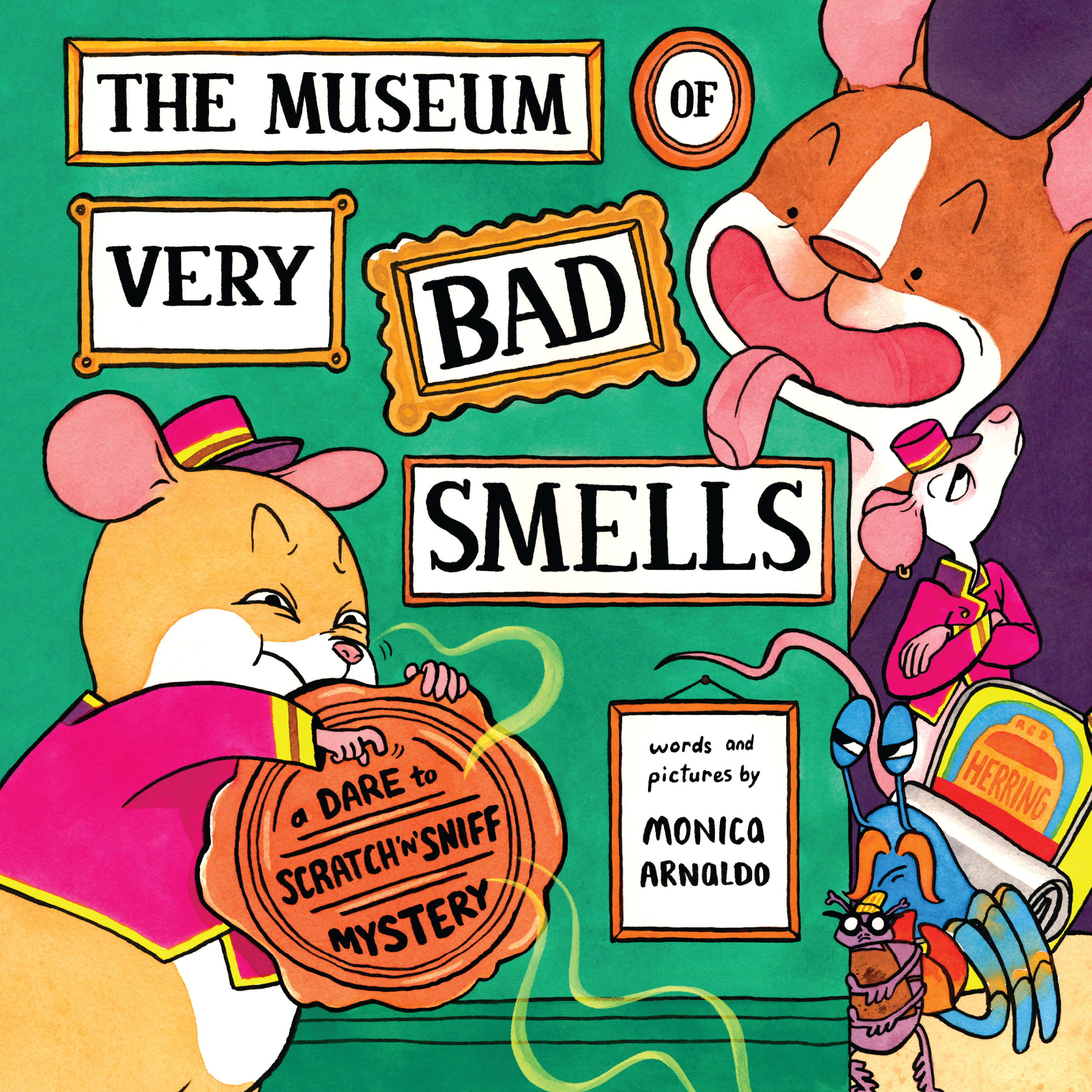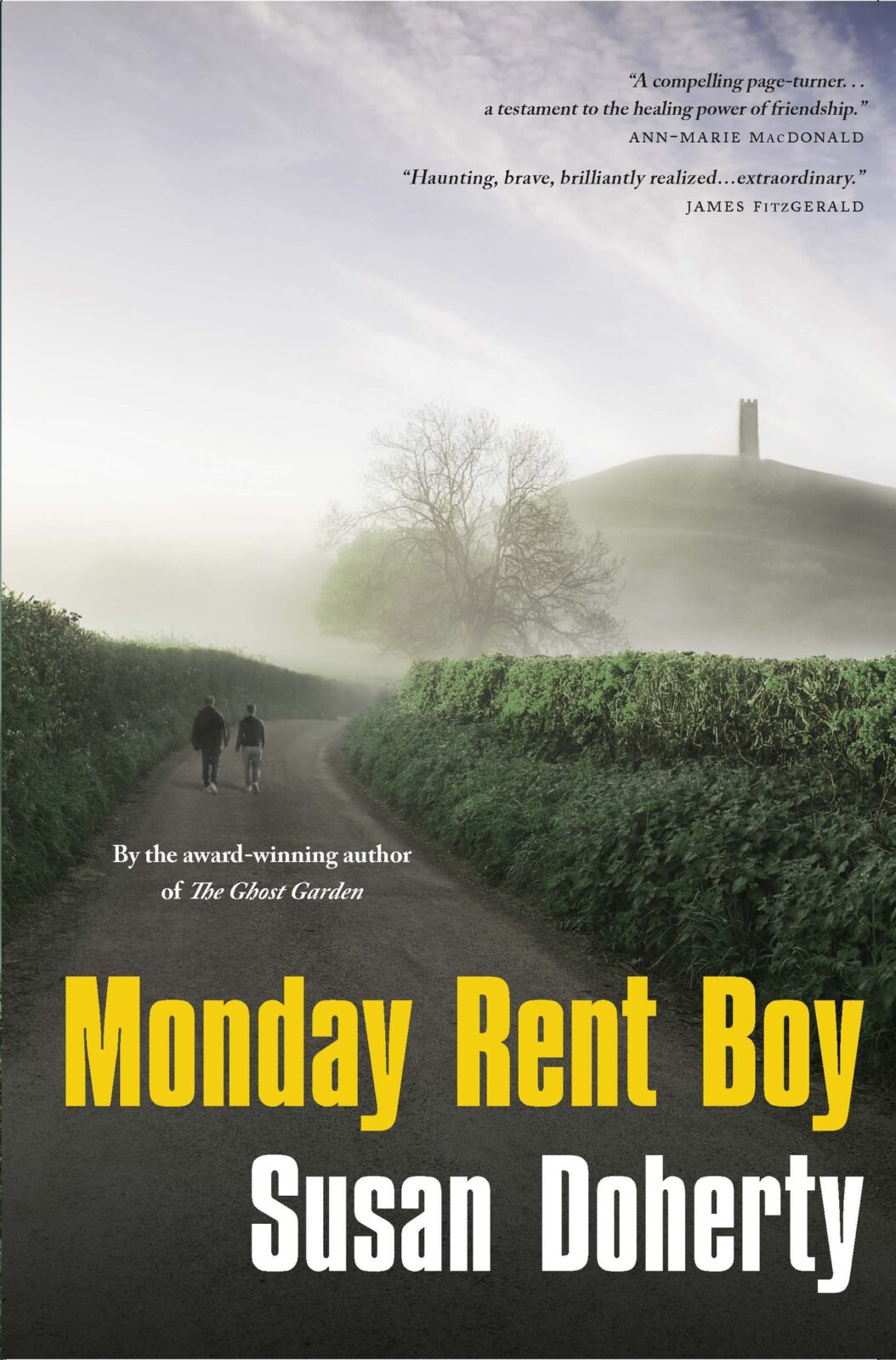Sosi
Linda Ghan
Signature Editions
$19.95
paper
224pp
1-897109-06-7
Sosi examines the Armenian genocide and its aftermath through the story of protagonist Zeyneb Sosi Arta. The story begins in Turkey with Sosi, half Armenian and half Turkish, being labelled an infidel (i.e. part Armenian) by the locals. Afraid for their child’s life, her parents send her away in the city to live with Jewish family friends, Aunt Gracia and Uncle Samuel. Sosi’s parents are subsequently murdered and she is left to face their deaths, and wrestle with her double identity.
Sosi embodies the book’s larger themes of identity, culture, and difference, and their intermingling. Things are never black and white: Sosi is first known by her Turkish name Zeyneb, or “blessed one,” after the prophet Mohammed’s daughter. When Aunt Gracia wants Sosi to marry a Turkish boy, she resists and begins using her Armenian Christian name, Sosi Arta. “Everybody’s always telling me what I am, and who I shouldn’t betray, and who I shouldn’t marry or who I should,” says Sosi. She feels pulled in many directions, surrounded by Muslims, Jews, Christians, Armenians, and Turks.
Eventually the family moves to Jerusalem, city of many religions, and Sosi falls in love with Ara, a radical young Armenian photographer. After Sosi has their child, Ara decides he must go to Turkey to document the disappearance of the Armenians and help force the Turks to admit to the genocide. But he disappears, and suspecting he has been killed, Sosi moves with her aunt and child to begin a new life in Montreal.
Through its intertwining of cultures, Sosi illustrates the complicated notions of good and evil, and of difference. Sean, a family friend, says to Ara, “We’re all the same. You got your good guys and your bad, and sometimes the good guys aren’t so good and the bad guys aren’t so bad. You can’t just sit back and decide you know who’s who and what’s what.”
Sosi succeeds as a creative rendering of history: those interested in learning about the Armenian genocide and its impact will appreciate this novel. For those in search of a literary fix, the novel will at times disappoint. Metaphors like “Ara had stolen the moon” and “…I was the moon, beautiful, delicate, round with a round moon belly…” are not rare in this book and border on the cliché. The story’s references to actual figures and events occasionally feel stilted and, once in a while, the historical details feel unnaturally inserted into the text.
But what Sosi lacks in style it makes up for in story. Like the photographs Ara takes, it serves as a testament. By examining history, Ghan encourages readers to ask important questions. mRb






0 Comments